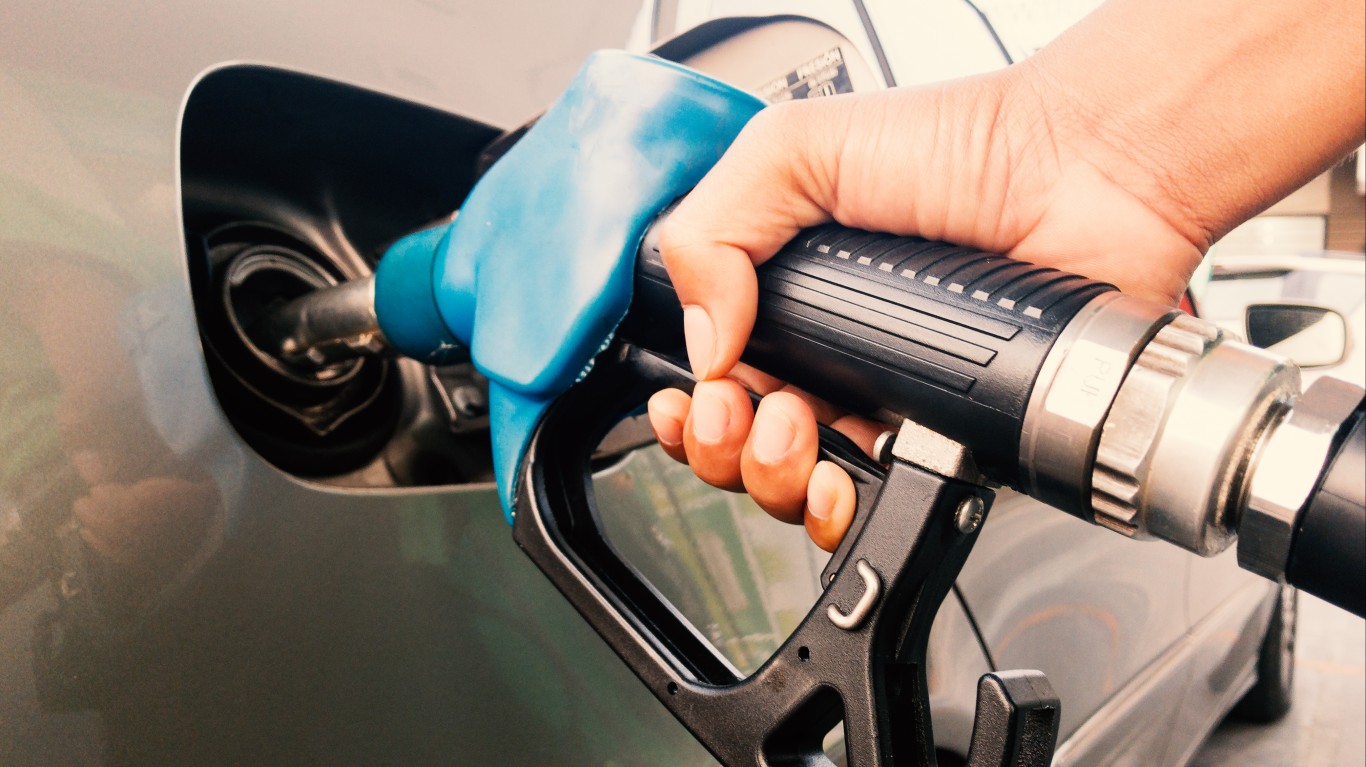
A cyberattack has shuttered the huge 5,500-mile Colonial Pipeline, which transports over 100 million gallons of fuel from Texas to New Jersey every day. Gasoline prices, which have been stable, have reached multiyear highs. Thirteen states have gas prices that have cracked the barrier of $3 for an average gallon of regular. More extraordinarily, the price of gas in California, based on the average gallon of regular, has topped $4.
In fact, as the supply of gas has been halted and could be for days, predictions that gasoline will top $3 nationwide for the average gallon of regular have grown. Recently, the carefully followed analysts at GasBuddy forecast a 70% chance per-gallon gas prices will reach $3 by Memorial Day. The company added, “The last time the national average reached the $3/gal threshold was over 2,300 days ago, on October 10, 2014, but did get close in 2018, when the national average reached $2.97 per gallon.” That prediction did not take into account the pipeline challenge.
Additionally, oil prices have risen an extraordinary 83% plus since the U.S. presidential election. The price was $36 a barrel at the end of November, and at $66 it trades near the highest price in a year.
Between the price of oil and the pipeline disaster, gasoline prices also have surged. Today, the average price for a gallon of regular in the United States was $3.01, up from $2.86 a month ago.
The best predictor of gasoline prices is oil prices, despite the pipeline challenge. Oil prices almost always outweigh refinery costs, transportation costs and state gas taxes.
Gas prices by state vary from the national average for several reasons. The first is proximity to refineries. States near the huge refineries along the Gulf of Mexico tend to have the lowest prices in the country. Notably, the five states with the lowest per-gallon gas prices are Mississippi ($2.66), Texas ($2.72), Louisiana ($2.66), Alabama ($2.76) and South Carolina ($2.76). The transportation costs from refineries to nearby areas shaves down the average price of gas, compared with much of the rest of the nation.
Another primary factor in prices is gasoline taxes. According to the American Petroleum Institute survey of state gas taxes as of January 1, the U.S. average is $0.5523 a gallon. States with low gas taxes include Missouri ($0.3582), Mississippi ($0.3719) and New Mexico ($0.3738). The states with the highest gas taxes are California ($0.8145) and Pennsylvania ($0.7710).
Thirteen states currently have average prices for a gallon of regular at or over $3. California’s $4.12 price clearly is affected by its gas tax. In Hawaii, the price of $3.79 is affected by a relatively high gas tax at $0.6524 per gallon. However, the cost of transportation to islands that are 2,500 miles from the west coast is also a major contributor to Hawaii’s price. The price for a gallon of regular in Washington is $3.53. Its gas tax is a high $0.678 per gallon. Nevada ($3.55), Oregon ($3.35), Utah ($3.28), Alaska ($3.23), Illinois ($3.23), Idaho ($3.18), Arizona ($3.13), Pennsylvania ($3.09), Colorado ($3.01) and New Jersey ($3.02) fill out the list.
Click here to see which states have the highest and lowest gas taxes.
It’s Your Money, Your Future—Own It (sponsor)
Retirement can be daunting, but it doesn’t need to be.
Imagine having an expert in your corner to help you with your financial goals. Someone to help you determine if you’re ahead, behind, or right on track. With SmartAsset, that’s not just a dream—it’s reality. This free tool connects you with pre-screened financial advisors who work in your best interests. It’s quick, it’s easy, so take the leap today and start planning smarter!
Don’t waste another minute; get started right here and help your retirement dreams become a retirement reality.
Thank you for reading! Have some feedback for us?
Contact the 24/7 Wall St. editorial team.




